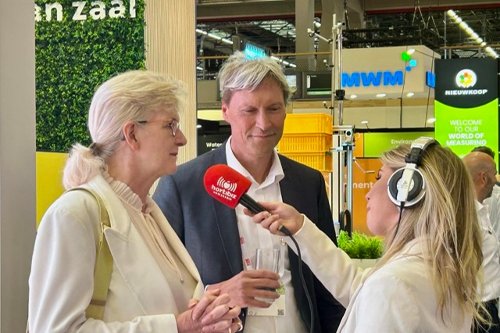Cultivating the perfect tomato
Added on 26 June 2023

Controlled Environment
Greenhouses provide an optimal environment for growing tomatoes by allowing growers to control essential factors such as temperature, humidity, light, and ventilation. These controlled conditions enable year-round cultivation, regardless of external weather conditions. Temperature and humidity are carefully regulated to create an ideal microclimate that mimics the tomatoes' natural growing conditions. Ventilation systems help maintain air circulation, preventing the buildup of pests and diseases.
Hydroponic Systems
Many greenhouse tomato growers employ hydroponic systems, which involve growing plants without soil. Instead, nutrient-rich water solutions are delivered directly to the plant roots, ensuring optimal nutrition and water uptake. This method conserves water and reduces the risk of soil-borne diseases. Hydroponic systems can vary, but common methods include nutrient film technique (NFT) and deep water culture (DWC), where plants are grown in nutrient-filled channels or suspended in water with their roots submerged.
Lighting Technology
In greenhouse tomato cultivation, lighting plays a crucial role in supplementing natural sunlight and extending the growing season. High-intensity discharge (HID) lamps, such as high-pressure sodium (HPS) and metal halide (MH) lamps, are often used to provide the necessary light spectrum for photosynthesis. LED (light-emitting diode) technology has also gained popularity due to its energy efficiency and the ability to tailor light wavelengths to specific growth stages, enhancing plant development and optimizing yields.
Photo: ecoation
More news









